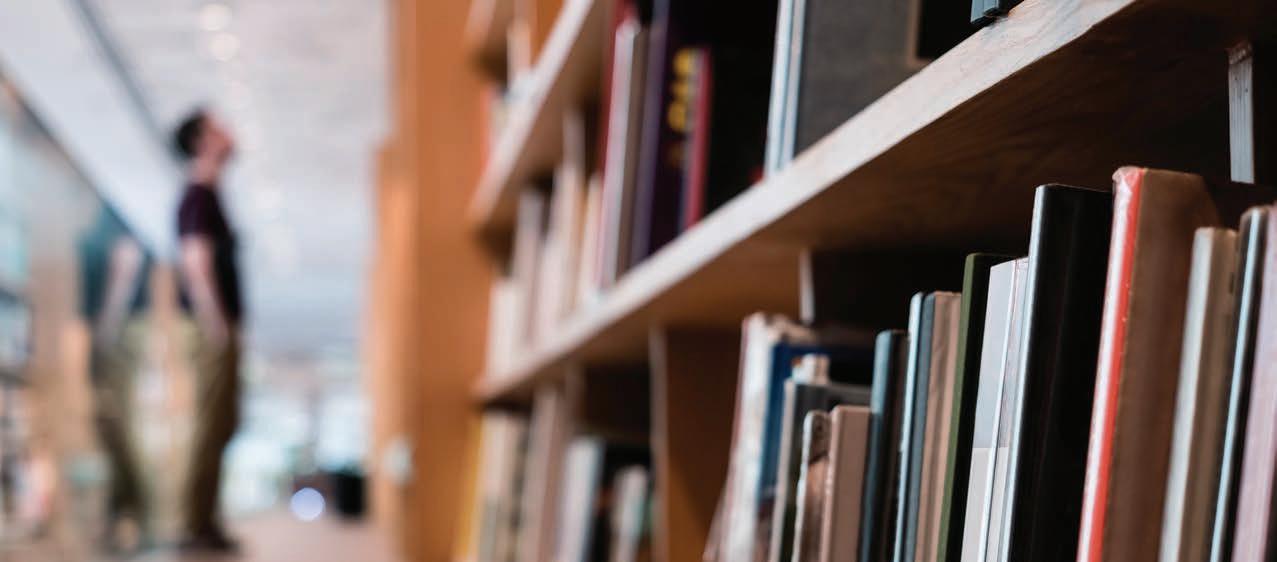
2 minute read
From the Harbour Floor
By Paul Ferguson, Collections Manager, History, and Tom Bown, Research Associate, Archaeology
On a bone-chilling, damp December day in 2019, Royal BC Museum staff were asked to identify artifacts dredged from the deep during the Esquimalt Harbour remediation project. Reaching into each tote, our staff—archaeology curator Grant Keddie, research associate Tom Bown and modern history collections manager Paul Ferguson—recognized, among the trove of artifacts brought from the harbour floor to the surface, extraordinary finds representing over 170 years of naval and industrial pursuit.
1
Since 2016 the Royal BC Museum has been the official repository of the retrieved historical items, organizing and preserving them, in partnership with the Canadian Department of National Defence (DND). Although the human history of Esquimalt Harbour includes thousands of years of Lekwungen occupation, it is the post-1846 record that brought us together, this day on the harbour shoreline.
DND contracted local archaeological firms, who were stationed on the project barge as the dredge operated. Bucket upon bucket of spoil, brought to the surface, was scrutinized by project staff, revealing thousands of historical era artifacts. The discoveries show that Esquimalt was not an isolated station. The record speaks of global commerce in the increasingly complex world of the nineteenth century. The artifacts articulate both the Royal Navy’s military capacity in its support of the British Empire and Canada’s increasing independence through times of conflict.
On our cold day’s visit, our team quickly recognized that the dredge had entered some of the oldest historical areas of the harbour. Things readily thrown or accidentally fallen overboard, such as soda and brewery bottles, were found, both glass and pottery (some dating as early as the 1850s–60s), from California, New York, England, West Africa, Australia, Ireland, Hawaii and Panama, along with the earliest examples of BC bottles. Many of these local companies (ca. 1859–1880), such as Alexander Phillips, Thomas Shotbolt, Paul Bocian, Greenwood and Morley, were not previously represented in our collections.
Among the astonishing finds were bones immediately identified by Grant Keddie as belonging to a tropical sea turtle. In a later discussion with Dr. Lorne Hammond, the museum’s modern history curator, we learned that sea turtles were often penned aboard ships, with nicknames written in chalk on their shells. They were kept alive for months until prepared for consumption.
This collaborative project gives the museum an important opportunity to collect, preserve and interpret a collection significant to British Columbia’s history and our connections with the world.
2
1. Bones from a tropical sea turtle likely butchered for soup.
2. Kirk & Co. Ltd. ginger beer bottle from Victoria, 1908–1914.
3


3. Curator Grant Keddie holding a Canadian Pacific Railway water jug.
4. Centre section of a Royal Navy mess plate, nineteenth century.










